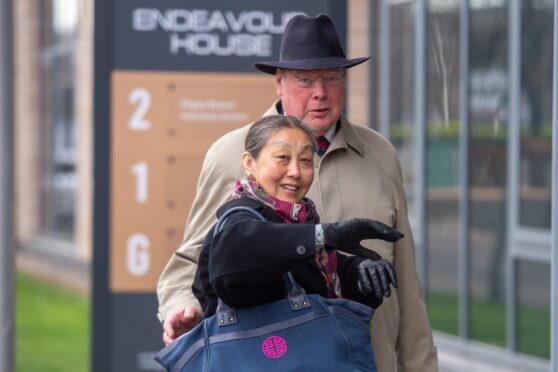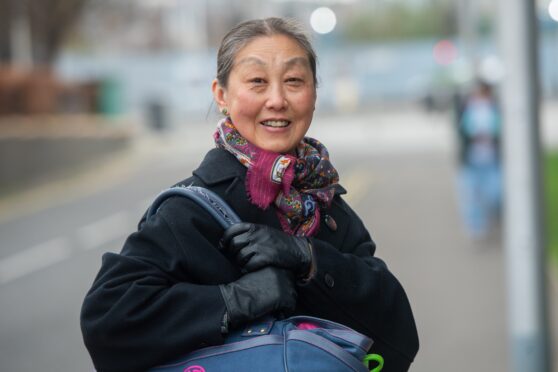Action to tackle youth unemployment in Fife is being devised amid a drop in the number of school leavers getting jobs during the pandemic.
Across the region and Tayside, fewer youngsters who left school last year went into work as employers were hit by lockdown.
Only 13.7% of Fife leavers were employed last year, compared to 19.6% the year before.
In Tayside the impact was felt worst in Perth & Kinross, where school leaver employment fell to 16.7% from 26.5% the year before.
Some 15.8% of Angus school leavers went into jobs, compared with 18.3% the year before and in Dundee the rate was 11.8%, down from 16.8%.
Nationwide more leavers did go into further and higher education, but overall and positive destinations post-school declined.
Fife Council has devised a youth employability recovery plan, amid predictions nationwide that it will take a decade for employment levels to return to those prior to Covid-19.
A report by Carrie Lindsay, executive director of education and children’s services, states: “In 2019/20, as a result of the COVID pandemic, there was a significant fall in the proportion of school leavers entering employment.”
Before the virus struck there was a steady improvement in the proportion of school leavers entering positive destinations – including work, training or education.
Last year’s decline in employment was partly offset by more young people starting college, Mrs Lindsay, said, but employment opportunities had been “significantly affected”.
In 2019/20, as a result of the COVID pandemic, there was a significant fall in the proportion of school leavers entering employment.”
Carrie Lindsay, Fife Council
She said: “The focused reform work in employability aims to improve outcomes and opportunities for school leavers, given the interruption to their learning experiences during Covid-19 and the high unemployment rate.
“The aim is to ensure young people have a range of appropriate offers of training, employment or work which will benefit the long-term economy of Fife by having a skilled range of young people to fill a broad range of vacancies.”
Recovery plan
A recovery plan for youth employability had, she said, been developed by a wide range of partners to tackle the key challenges which included a lack of training opportunities, few apprenticeship opportunities, no real ‘hands-on’ work experience, and disengaged young people.
For those school leavers whose education was interrupted by the pandemic it aims to provide a range of training, employment and work opportunities.
Use will be made of the Scottish Government’s Young Person Guarantee – last week boosted by a further £70 million to create jobs, internships, apprenticeships, training and volunteering opportunities – and work with local businesses.
Work will be undertaken with groups including Opportunities Fife, Fife College, NHS Fife and Skills Development Scotland to provide support to young people.
Industry-driven curriculum
The council also intends to create an industry-driven curriculum for all pupils throughout school, based on the needs of employers.
According to the Scottish Government the Young Person’s Guarantee has already created 18,000 opportunities for 16 to 24-year-olds.
Economy Secretary Fiona Hyslop said: “As we start to emerge from lockdown and rebuild our economy, it is essential we maintain this momentum and ensure our young people have the chance to succeed despite the economic impacts of Covid-19.
“We continue to encourage employers to come forward and join what is a crucial intervention to prevent the pandemic leaving a lasting impact on the employment opportunities of our future workforce”.
Employers including ScotRail, ScottishPower, Scottish Water and BAE Systems are among the latest to back the guarantee.










